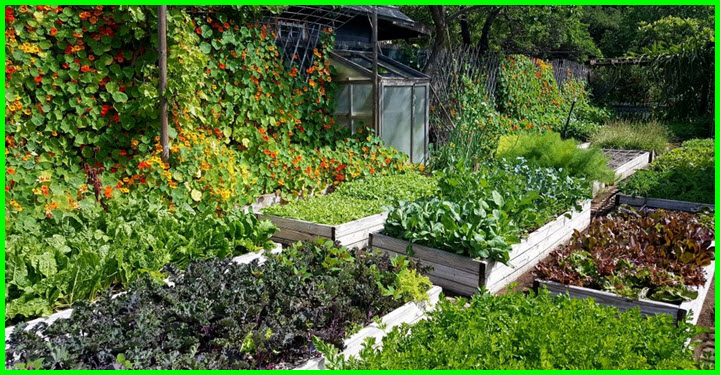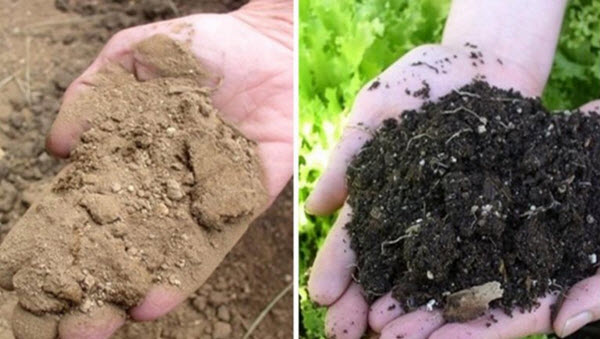You Can Feed Yourself In The City

This is an example of what is possible on your average sized urban lot. This 1/10 of an acre of permaculture space supplements the food for a family of 4 and they only pay $2 per day per person for other store bought foods. In addition the earn $20,000 per year selling excess produce to neighboring businesses. That's 7,000 pounds of food a year using no synthetic fertilizers.
What’s the secret
Permaculture methods that mimic Mother Nature to create nutrient-and-bacteria-rich soil.
Conventional agriculture methods strip nutrients from the soil until the land becomes barren and desertified.
Permaculture not only does not strip the soil, it regenerates it, says permaculture guru Toby Hemenway.
When Jules Dervaes moved to his Pasadena home in the 1985, there was no soil, only adobe-like clay.

He and his family spent years bringing the earth back to life with rock dust, chicken and goat manure, fermented compost and effective microorganisms.
The Dervaes’s haven’t used organic NPK fertilizers since 2007, and have never used synthetic NPK.
They make the most of their small space with a modified version of square foot gardening they call “square inch gardening.”
In square-inch gardening plants are packed as closely together as possible to prevent evaporation from the soil and save water.
The Darvaes believe soil should never be bare and exposed to the elements. They ignore the spacing recommendations on seed packages and sew them as close together as possible in symbiotic arrangements.
“Bigger vegetables like broccoli or peppers are planted with a carpet of greens – lettuce, arugula, etc., underneath … the green carpet acts like a living mulch, preventing weeds and keeping the soil moist,” it says on their website UrbanHomestead.org.
Watch this video to see a home grown revolution in progress.
